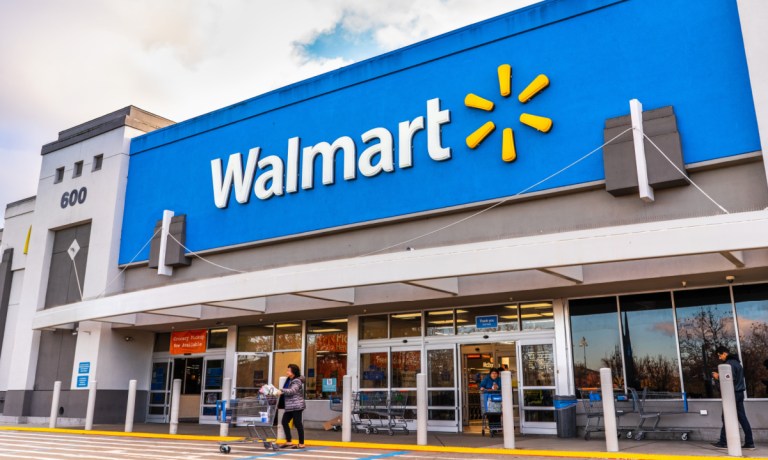
Wonder is opening a store-in-store within a Walmart, a move that comes as grocery retailers increasingly seek out opportunities to capture more of consumers’ mealtime spending.
The omnichannel food hall company, founded by Jet.com Co-founder Marc Lore, stated in an email that on Wednesday (Feb. 21), it opened its 11th storefront in Quakertown, Pennsylvania, inside a Walmart, the company’s first such collaboration with a big-box retailer. The so-called “Fast Fine” eatery sells from eight restaurant brands.
The news comes as retailers increasingly find ways to sell restaurant meals and other quick, easy food options, looking to capture consumers’ day-to-day food spending outside their home cooking routines.
“The grocery store is trying to be the one-stop shop,” Geoff Alexander, president and CEO of restaurant brand Wow Bao, which sells its products in Walmart and other supermarkets, told PYMNTS in an interview last year. “Whether it’s for ready-to-eat meals, food for another night, or the typical grocery shop, they’re trying to entice the consumer to use the grocery store in many different ways.”
Consumers are increasingly turning to grocery stores for more of their day-to-day food needs than just raw ingredients. PYMNTS Intelligence’s study “Connected Dining: Ready-to-Eat Meals Are Eating Restaurants’ Lunch,” which drew from a survey of more than 2,300 U.S. consumers, revealed that 57%of respondents had purchased at least one ready-to-eat meal in the previous month, and 65%of these shoppers purchased such a meal at the grocery store.
Kroger, for example, has become the nation’s top sushi seller, with consumers buying more than 40 million pieces from the grocery chain per year.
Additionally, on-site food halls can help drive traffic to grocers, considering that consumers prefer to pick up their restaurant meals over ordering them for delivery. The PYMNTS Intelligence report “Connected Dining: Rising Costs Push Consumers Toward Pickup” found that 48% of consumers reported they have been more likely to pick up their restaurant orders themselves rather than have them delivered due to inflation, and pickup orders outnumber delivery nearly 4 to 1.
Yet not all efforts in this space have been successful. For instance, it was reported late last year that food service eCommerce company Kitchen United, which provided Kroger with in-store multi-brand food halls available both for on-site purchasing and digital ordering, closed all its locations with the grocer. The decision came as part of Kitchen United’s shift to focus on technology, rather than on operating restaurants.
It would appear that Walmart continues to partner with Ghost Kitchens on in-store food service options, a collaboration that began in 2021, with the virtual restaurant company’s website still showing Walmart locations available for ordering.
With consumers increasingly turning to supermarkets for ready-to-eat meals and other convenient food options, the integration of restaurant experiences within grocery stores is becoming a key strategy for retailers looking to grow their share of consumers’ food spending. While initiatives like the Wonder store-in-store concept demonstrate promise in meeting consumer demands, challenges persist. Still, as the grocery industry continues to adapt and innovate, partnerships like this may shift the role of the supermarket.